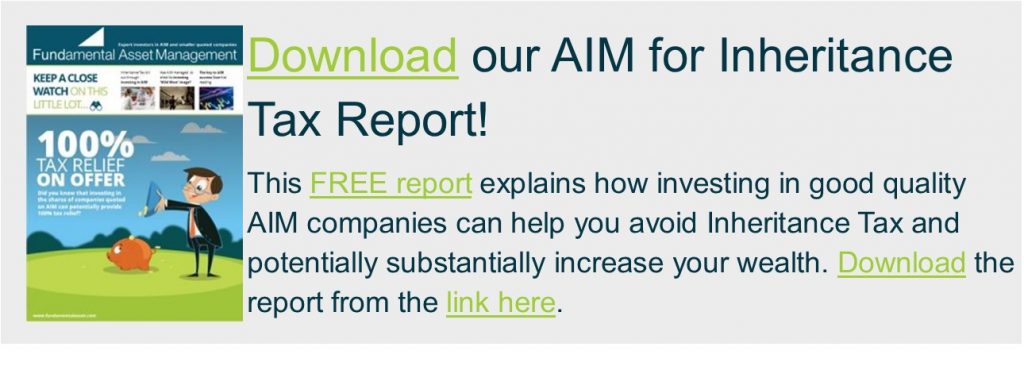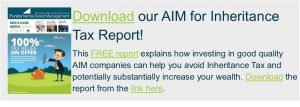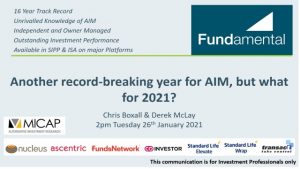Should I Transfer my ISA?
It is not long until the end of this tax year. This is always a good time to sit down and assess your financial situation and evaluate your existing ISAs.
Many people consider switching their ISA provider due to poor performance or a lack of expert guidance and switches often occur towards the end of the tax year to make use of any remaining ISA allowances going in the new financial year.
Why should I transfer my ISA?
There are a few key reasons you might want to transfer an existing ISA between providers. These include:
Performance
Performance is key. If your ISA is not performing, it might be time to move it. Keep an eye on the performance of your provider relative to its peers and regularly weigh up whether better returns could be found elsewhere.
Performance over recent years would certainly have been enhanced if your ISA had been invested in AIM shares, with the FTSE AIM Index yet again massively outperforming the main UK stock market. Our Blog here covered AIM’s outstanding performance in 2020.
Cost
This is another key factor when deciding who manages your ISA. It is important to compare the costs you are paying for your ISA against those you would be paying with another manager.
Service
Not all wealth managers offer the same level of service. You might be looking for a provider who you can talk to directly when needed and not a call centre or mailbox. There are plenty of reasons you could be happier with a new provider.
Consolidation
Having your ISAs in one place can help you take advantage of fewer costs standalone costs for administration. It is also easier to keep track of your progress with everything under one roof.
Does transferring affect my ISA allowance and is there a limit on how much I can transfer?
Transferring an ISA to another provider will have no impact on your allowance for that tax year. The £20,000 limit is consistent across all providers and part of the transfer process includes sending your contribution history.
An ISA transfer lets you move money built up in previous years to a new provider without losing the tax-free status of that money. There is no limit on the amount or share of previous years ISA money that can be transferred. You can transfer all or part of it.
If you are transferring an ISA with contributions made in the current tax year, you will have to transfer the whole amount of those contributions. This is essentially to stop you having contributed to two separate ISAs of the same type within the same tax year.
How do I transfer an ISA?
Transferring an ISA is easier than you might think. Initiating an ISA transfer can be as easy as requesting it from your new provider. You will be asked to fill out a short form, which is then signed and sent back to the new provider. From there, they will liaise with your current provider to make the transfer happen.
ISA Transfer Form
You will need to complete this form before you are able to move your money. This may be a form that is included on their website, on a platform or they may be directly in touch with you to sort out the details.
Do not withdraw this money to move it. Doing this will void the tax-efficient status of your savings and it will count against your tax-free allowance if you choose to reinvest in an ISA. If you are transferring from one Stocks and Shares ISA to another, then you should have the option to move the investments you hold to your new provider without selling them. This is often called an ‘in specie’ or ‘re-registration’ transfer.
Transferring
This is when your new provider moves the money away from your old provider. The process can take from 4-6 weeks but there is nothing for you to do here. Your new manager will manage this process on your behalf.
Transferring to an AIM ISA brings more than CGT and Income tax benefits. AIM shares also bring 100% mitigation from Inheritance Tax if held for two years and until death.
You can find out more about Fundamental Asset Management’s high performing AIM Inheritance Tax ISA portfolio, which has been delivering exceptional investment returns for more than 16 years, from the link here. We also have an Adviser Centre with a wealth of information to support financial advisers including case studies, adviser webinars, guides and platform partners.
Derek McLay
Business Development Manager
Fundamental Asset Management Ltd.




